RtW – Preparation part 3
A major aim of the training was to ensure that I was fully ready for all the expected aspects of the trip that are outside the usual bounds of my flying. The longer legs, primarily over the Pacific near the end of the trip, would require flights of up to 16 hours (or even more, depending on winds), the first sections of which would be with the aircraft at a very heavy weight. Before departing I set out to practice flying with the aircraft heavily fueled, working up to the levels expected to be necessary for the very longest flight, so that when the time came to depart Hawaii on the longest leg I’d be fully familiar with how my C182, “Planey”, would perform.
I set off on this adventure directly from survival training in Groton, CT. I was up bright and early before dawn to fly an hour north to Portsmouth, New Hampshire; chosen for their reasonable fuel prices, and very long runway!
I aired up the tires to a slightly higher pressure to allow for the increased take-off weight, bought some snacks for the journey, and then worked with the fueler to fill the fuel tank to 120 gallons. I did not fill the wing tanks entirely; for this flight I wanted to be heavy, yes, but the main purpose was to see how the aircraft would handle with the center of gravity at the rear limit. From pressing down on the tail while on the ground, I was reassured to feel that it was not feeling too tippy. I turned on to the generously proportioned, 11,000ft runway, and pushed the throttle forward. The combination of cold air and upgraded engine had me off the ground in what felt like no time and climbing at 1,000 feet per minute south towards Florida.

Test flight one took saw me flying just over 1,000nm from Portsmouth to Daytona Beach in Florida. I had stumbled onto a period of fantastic weather and conditions all the way down the east coast were perfect; smooth and clear. Winds were not particularly favourable or unfavourable, and I settled in for my 8+ hour trip. Several of the air traffic controllers near the start of the flight did ask me to confirm I was actually flying all that way, and that it wasn’t a typo in the flight plan.
After a few hours, disaster struck. The autopilot stopped working! Subsequent checks would suggest a dead motor in the roll servo but for now I was reduced to hand flying. Not too bad on this flight, but longer ones were coming up…
In the late afternoon I finally arrived at my destination of Spruce Creek, a fly-in community just a few miles from Daytona Beach. Jeff, an ex member of my flying club in Pittsburgh, had retired down here and would very kindly host me during my stay. He met me as I arrived, driving a very cool three-wheel sports car that he’d bought just hours earlier, and led me to the hangar-home that I’d be staying in. After a quick oil change, it was off to dinner and a long night’s sleep.
The following day I met Jeff and his friends for breakfast before checking in with the on-field avionics shop to see if they could help with my autopilot issues. Alas, they were too busy and expected it would not be a quick fix anyway. Looked like I’d be hand flying to the west coast and back.
In the afternoon I ran through my flight plan for the following day, and Jeff took me on a tour of Spruce Creek. It truly is the ultimate playground for the aviation lover, with everything from tiny home-built aircraft to private jets and most houses having their own attached hangar or “plane-port”. We were lucky enough to run into Lynn O’Donnell, an incredibly accomplished pilot who used to deliver Piper single and twin engine aircraft across the Atlantic, long before the days of GPS. A real pilot!
After the tour I made a visit to Walmart to grab some provisions for the following day, and spent some time preparing and reviewing the flight plan for the following day. Due to some expected low ceilings through the Florida panhandle, I filed for an IFR flight. Expected time en-route; 16.5 hours! After carefully setting up the cockpit with everything I’d need, and nothing that I wouldn’t, I settled in for an early night.
Waking up well before dawn, I rolled out of bed, packed my last remaining items and flew the 6 miles from Spruce Creek to Daytona Beach. The FBO with the cheap self-serve fuel wouldn’t be open until after I left, but the fuel farm is 24 hours so I spent a while squeezing in every last drop of fuel that I could, carefully ensuring I was within my planned weight and balance limits. This done, I started up and taxied to the end of the 10,500 foot runway. ATC kept trying to give me an intersection departure, but I held firm for the full length! With a heavier aircraft, and warmer air, the climb was slower than before but still comfortable. I was sent straight up to 5,000ft and settled in to start the first part of the flight across Florida.
Using the Garmin InReach, I was able to send and receive messages to friends and family along the way. It was great for passing the time, answering their questions, and even chatting about the upcoming weather with a couple of other pilots who were looking at the radar from their homes in the UK or elsewhere in the US.
A few hours into the flight I approached the first, and smaller, of two bands of weather that were showing on the radar. As often the case with ADS-B weather, the severity of the weather was being over-reported and I was able to fly through the line with only a little gentle turbulence. I was able to confirm that it would be a safe flight through, both by cross-checking with ATC’s radar and through being able to see visually that the clouds had very limited vertical development and were fairly scattered. Radar was showing that the next band, an hour beyond the first, was larger; but a huge gap of at least 40 miles wide was only a little north of my course and made for a very easy crossing, not even getting into any cloud.
After 700 nautical miles, with the first third of the trip behind me, I entered the great state of Texas. Prompted by the ADS-B weather information I dropped down to 4,000ft and saw significantly improved ground speeds. Texas is unreasonably big, and in fact a full third of the trip (700 nautical miles) involved flying over it! I killed the time listening to podcast after podcast, which made the tedium of Texas much more bearable.
Every few I’d switch tanks briefly from left to right, and spend around 20 minutes transferring fuel from the ferry tank to the left main. The ferry system worked flawlessly, and exactly as advertised. After each transfer the bladder tank behind me was visibly a little smaller. Shortly before leaving Texas ATC directed a climb up to 10,000ft in anticipation of the high terrain ahead. Not long after that, the ferry tank ran dry and I was down to the four wing tanks.
As I crossed New Mexico and Arizona the weather slowly switched to a light tailwind, and with the reduced fuel burn and higher true air speeds at higher altitude the expected fuel at landing settled on about 35 gallons. That was more than three hours endurance at the current power setting, and left me feeling very comfortable about my fuel situation. As I flew across southern California the sun set ahead of me, and I crossed the LA basin in the dark before turning north to Santa Maria.
The tower had closed shortly before I arrived, and landing was uneventful with a police helicopter holding short for me as I came in. One big draw of Santa Maria was the on-field hotel; I was able to park the aircraft right outside the hotel door. Up until then I’d felt entirely normal but as soon as I shut down the engine, the fatigue hit me. I carefully unfolded myself out of the aircraft, made my way inside, and fell in to bed.
The next morning I made a proper assessment of the aircraft. A check of the fuel tanks confirmed that I had 35 gallons still on board, and had only burned half a quart of oil across the entire 16+ hour flight. This gave me a lot of confidence for the long legs that would be coming up near the end of the round the world flight, across the Pacific.
From Santa Maria I flew south, stopping at Santa Paula for lunch and cheap gas, and then for a night at Cal-Tech to visit a friend from University now working as a researcher there.
On Sunday, I woke and checked the weather across the country to make my plans for the return. Unusually, conditions looked like they’d be ideal across the entire country for the next two days. The plan was set, then, to first head from LA directly to Bismark, North Dakota; a flight of just over 8 hours that could be done on the wing tanks alone.
The flight took me due east to reach a low pass through the mountains around the LA basin, and then on a direct heading to Bismark. Winds were in my favour as I flew over Las Vegas, and then Salt Lake City.
I landed in Bismark a little after dark with 10 gallons left on board, and stepped straight from the aircraft into the patrol car of a friend and Bismark police officer. Until 2am, we cruised around the city on traffic duty. An unusual end to a day of flying.
On the final day of flying, my friend Kai and I flew a 6nm hop to Mandan airport for cheap fuel, and filled the wings to the brim. We then cruised out a few miles to the west to see “Salem Sue”, the largest Holstein cow in the world.
Important tourist activity complete, I dropped Kai back off and set out for the 6.5 hour flight direct to Pittsburgh. After the 16.5 hour run a few days before, these legs of 6 or more hours were feeling remarkably short.

Since leaving Pittsburgh just over a week previously I had flown a total of 49 hours, and was left with a much greater confidence and familiarity with how the aircraft and ferry system would handle when I came to use them for the long Pacific legs.
Click here to read about the final preparations.








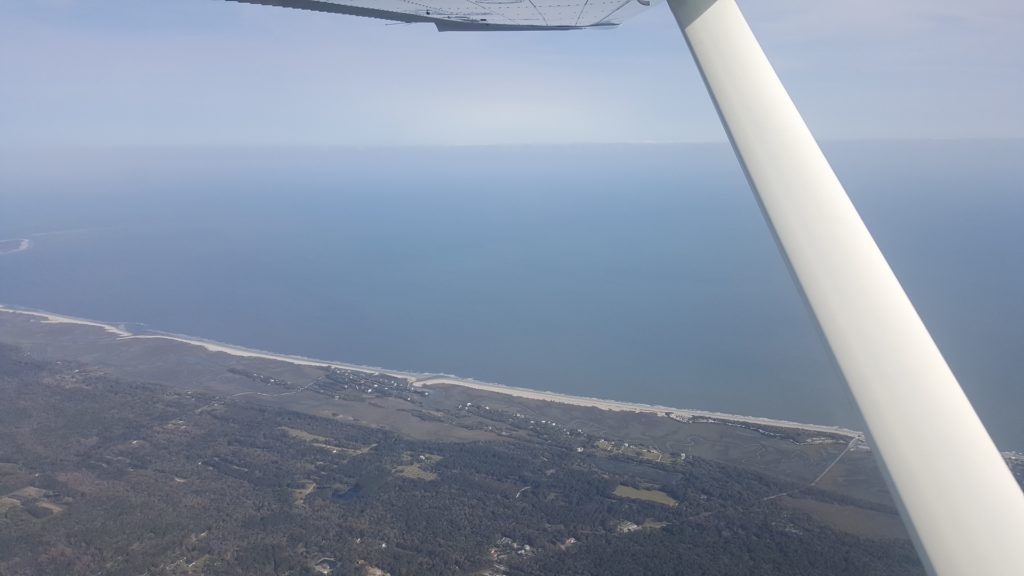
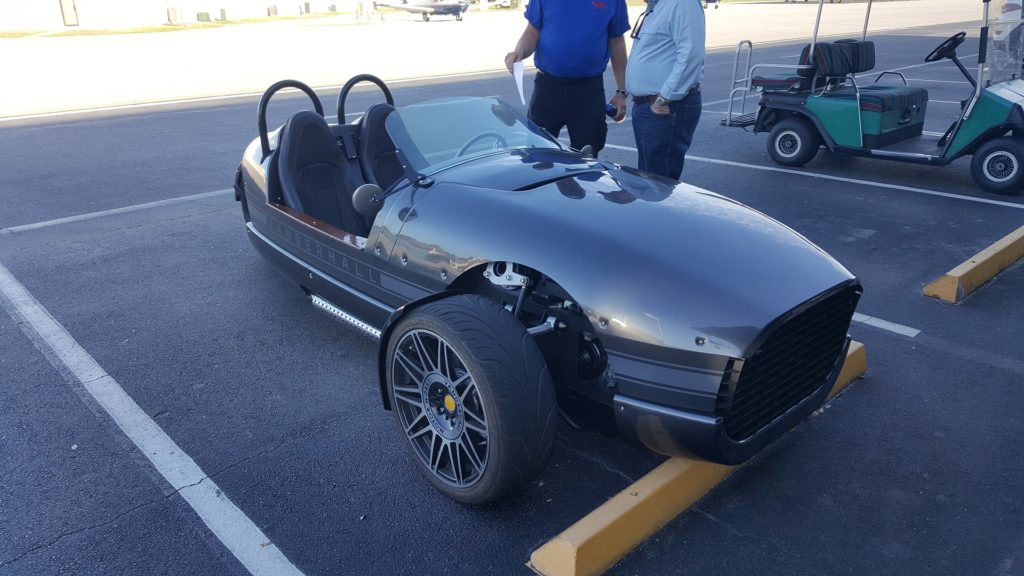
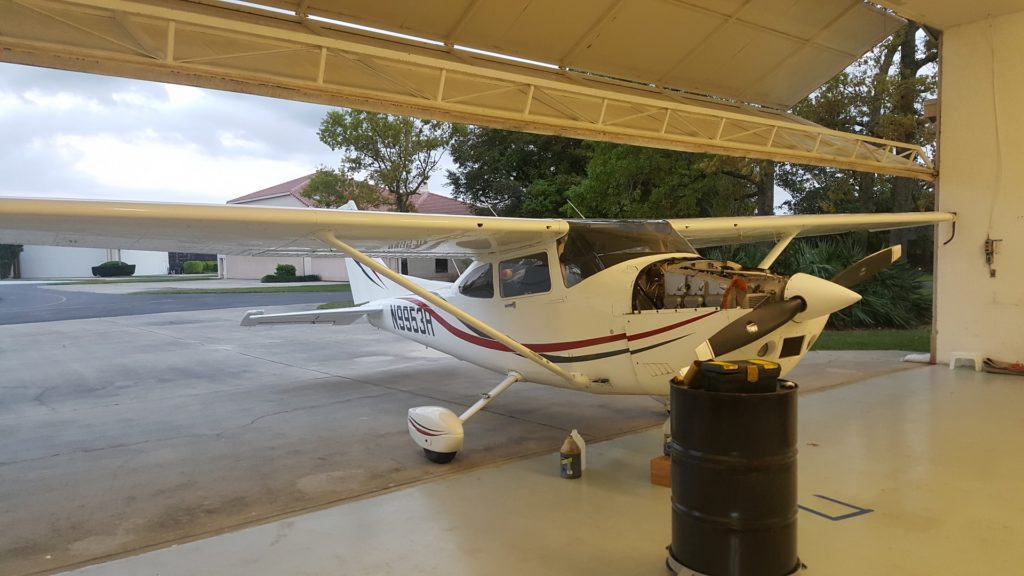

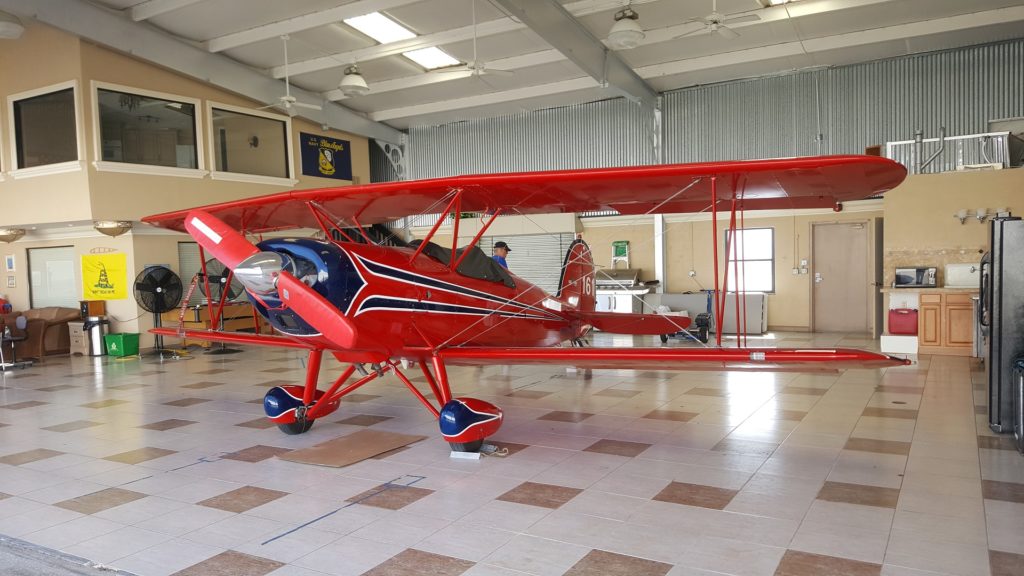






























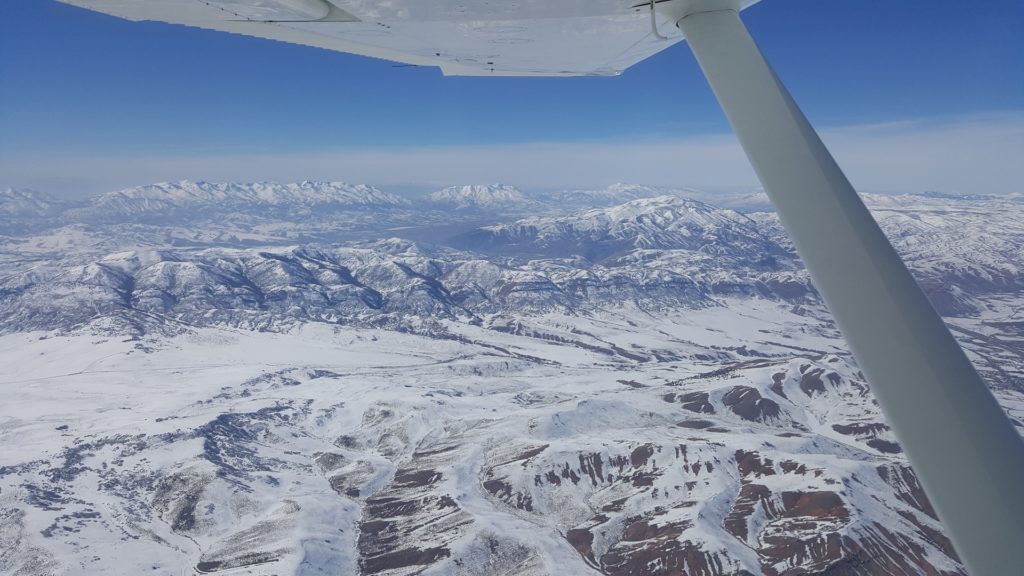
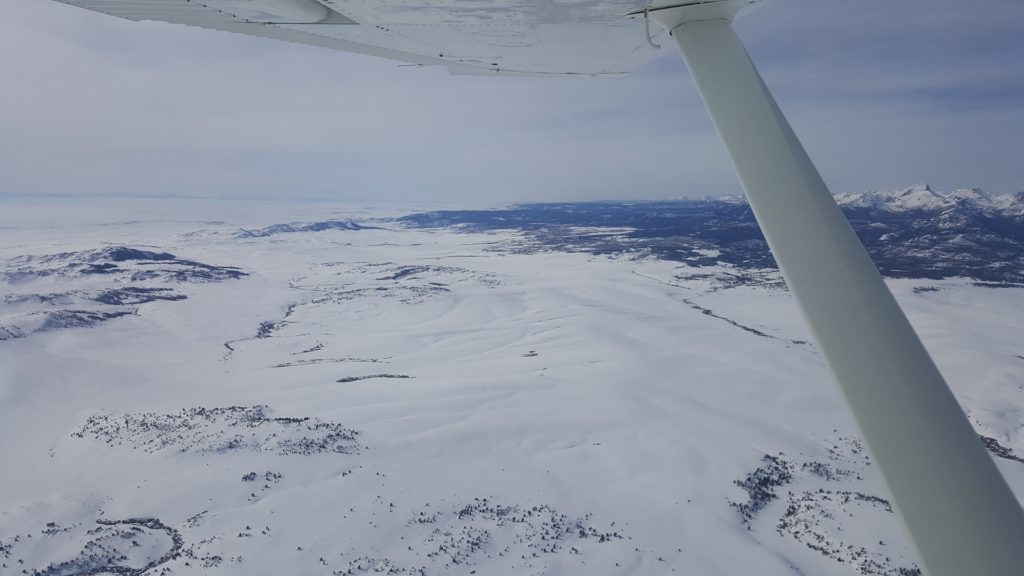






2 thoughts on “RtW – Preparation part 3”
Great story, thanks for sharing.
In retirement I’m planning cross country flying; I hope in a 182.
Currently I have a ’64 172 (N5572T), in Sterling, Alaska. I’m based at Scooters Airpark AK84, next to Scout Lake where I live.
Come visit.
Thanks! Next time I come to Alaska I’ll look AK84 up!